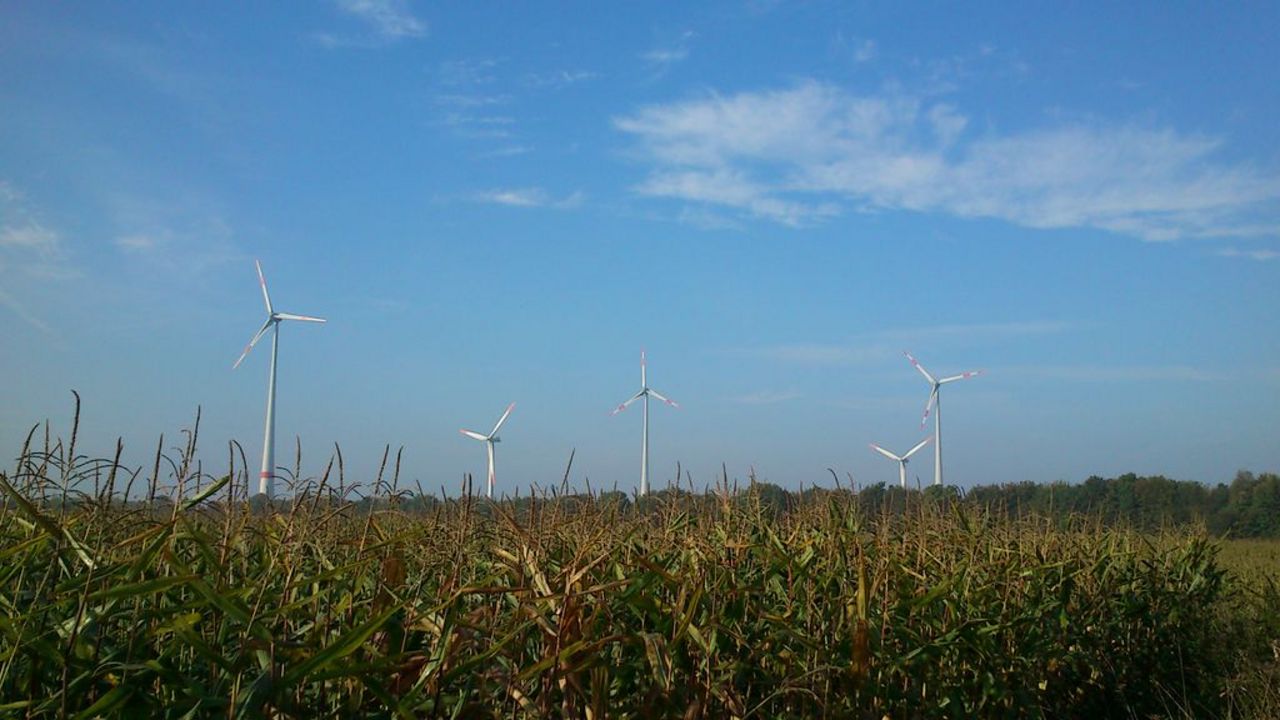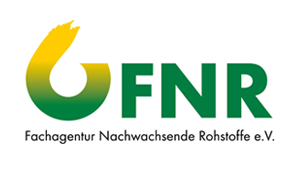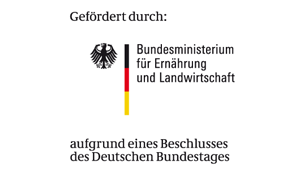Project
Site-specific life cycle assessment of energy crops

Reduction Potential of environmental relevant trace gases concerning the cultivation of energy crops for biogas production
A controversial debate is on-going about the conversion of maize for energy. The debate about food-feed-and food for biofuels is based on the same arguments and very emotional. Within our project we would like to measure and model environmental impacts in order to support figures and facts for that debate.
Background and Objective
Our project is based on the climate programme of the German Government. Greenhouse gas emissions in Germany should be reduced by 40% in 2020 based on the reference year 1990.
Aim of the project is to provide precise but also as far as possible universally applicable facts
- What are the environmental impacts of bioenergy from maize on a life cycle basis?
- How much ammonia and how much nitrous oxide is emitted when digestate from biogas plants is applied at five different locations?
- What are the most promising measures for emission reduction and which trade-offs exist?
Target Group
Political decision makers and farmers
Approach
Regionalised environmental impacts of energy crop production are calculated for five locations in Germany using LCA
Data and Methods
We use measured emission data (NH3, N2O, CH4, etc.) in order to derive regional-specific emission factors for various gases after digestate application that can be applied in LCA.
Our Research Questions
What are the spatial and temporal variability of emissions after digestate application?
To which extent contribute emissions from digestate application to environmental impacts, particularly global warming and acidification?
Results
Intermediate results are presented at conferences and workshops. Final results will be shown on our website but also on webpages of project partners and the funding body.
Thünen-Contact

Involved external Thünen-Partners
- Leibniz-Zentrum für Agrarlandschaftsforschung (ZALF) e.V.
(Müncheberg, Deutschland) - Christian-Albrechts-Universität zu Kiel
(Kiel, Deutschland) -
Bayerische Landesanstalt für Wald und Forstwirtschaft
(Freising, Deutschland) -
Universität Rostock
(Rostock, Deutschland) - Christian-Albrechts-Universität zu Kiel
(Kiel, Deutschland)
Duration
9.2010 - 6.2015
Funding Body:


Publications on the project
- 0
Mallast J, Stichnothe H, Flessa H, Fuß R, Lucas-Moffat AM, Petersen-Schlapkohl U, Augustin J, Hagemann U, Kesenheimer K, Ruser R, Suarez Quinones T, Prochnow A, Dittert K, Köbke S, Huth V, Glatzel S, Räbiger T, Knieß A, Kage H, Hegewald H, Christen O (2021) Multi-variable experimental data set of agronomic data and gaseous soil emissions from maize, oilseed rape and other energy crops at eight sites in Germany. Open Data J Agric Res 7:11-19
- 1
Hagemann U, Augustin J, Prescher A-K, Kage H, Glatzel S, Jurasinski G, Mühling KH, Stichnothe H, Drösler M, Bethwell C, Knieß A, Neukam D (2016) Abschlussbericht zum Verbundvorhaben (Potenziale zur Minderung der Freisetzung von klimarelevanten Spurengasen beim Anbau von Energiepflanzen zur Gewinnung von Biogas), Laufzeit des Vorhabens: 01.09.2010 - 31.12.2015. 237 p
- 2
Stichnothe H, Bogunovic B, Hagemann U, Augustin J, Heintze G, Rohwer M (2015) GHG - savings of biogas systems: influence of measured GHG emissions and soil carbon stock change. In: Koroneos CJ, Rovas DC, Dompros AT (eds) Book of abstracts & symposium program : 4th International Exergy, Life Cycle Assessment & Sustainable Workshop & Symposium jointly organized with 21st SETAC Europe LCA Case Study Symposium ; ELCAS ; ELCAS 4, 12-14 July 2015. Brüssel: SETAC Europe, p 8
- 3
Lingoth-Becerra C, Stichnothe H, Drösler M, Fiedler S, Glatzel S, Hagemann U, Heintze G, Kage H, Mühling KH, Pacholski AS, Pohl M, Rohwer M, Seidel A, Werner A, Augustin J (2012) Improving regional specific life cycle assessment of energy crops in Germany. In: Society of Environmental Toxicology and Chemistry (ed) Abstract Book : 6th SETAC World Congress / SETAC Europe 22nd Annual Meeting. Brüssel: SETAC Europe, p 233

![[Translate to English:] [Translate to English:]](/media/_processed_/3/6/csm_Hintergrund-Ausschnitt1_9daaef6b89.jpeg)
![[Translate to English:] [Translate to English:]](/media/_processed_/3/6/csm_Hintergrund-Ausschnitt1_0bd7111163.jpeg)
![[Translate to English:] Logo des Bundesministerium für Ernährung und Landwirtschaft](/media/allgemein/logos/BMEL_Logo.svg)